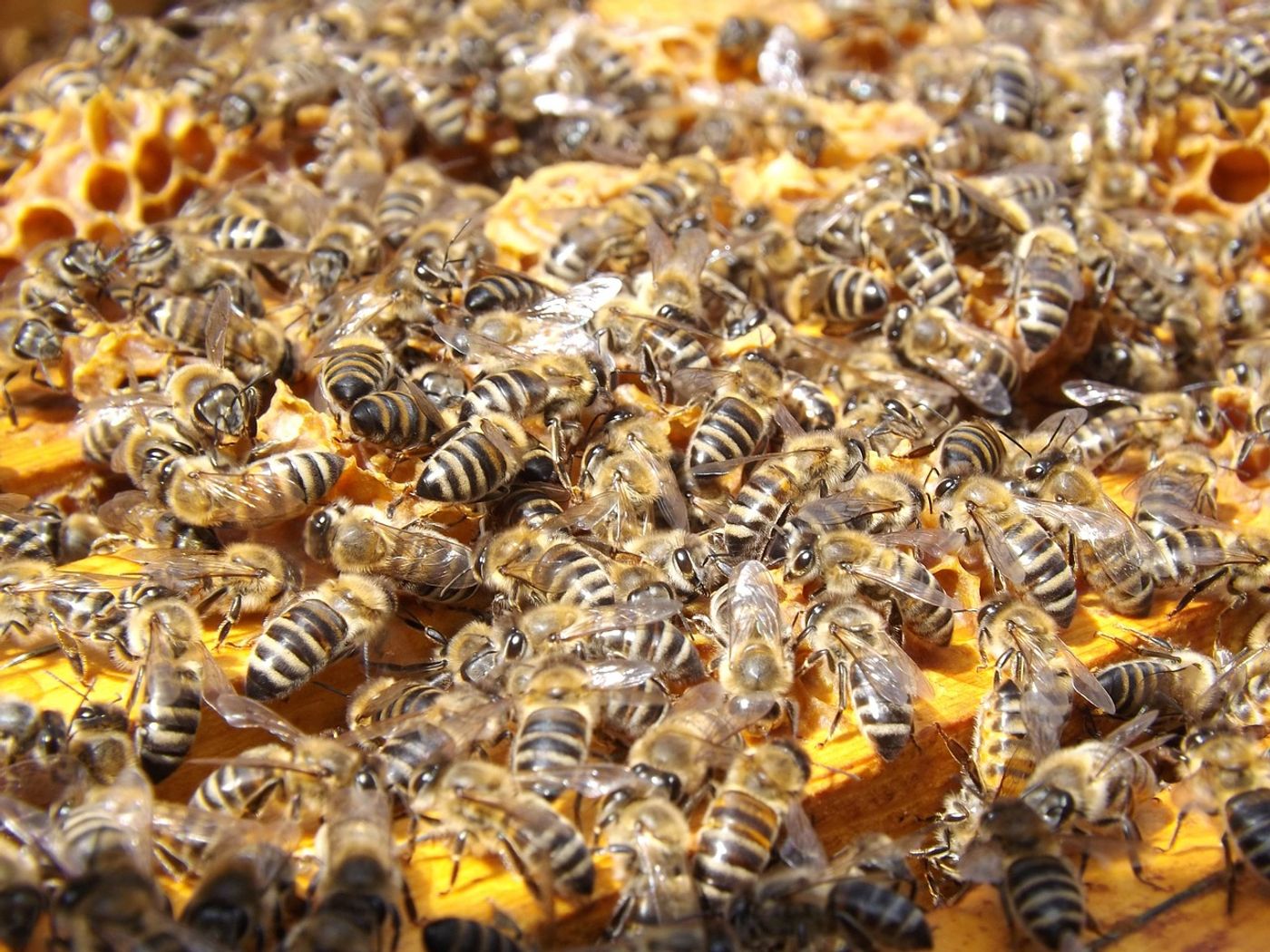Federal Study Indicates Trouble for Honeybees in America's Beekeeping Hot-Spot
Honeybees have it hard as it is, but when all else fails, they’re supposed to be able to rely on America’s last major honeybee refuge in the Northern Great Plains, particularly those found in both North and South Dakota.
But a federally-funded study led by Clint Otto of the U.S. Geological Survey shows that even this alleged “refuge” isn’t doing honeybees sufficient justice. The findings appear in the journal Proceedings of the National Academy of Sciences.
Image Credit: Pixabay
As the paper points out, honeybees throughout the region are experiencing more difficulty than ever while trying to locate nectar and pollen from surrounding areas.
From 2006 to 2016, much of the surrounding land was transformed from wildflower-rich acreages into agriculturally-complex croplands, which are comprised of corn and soybean.
Many honeybees once relied on these wildflower patches to support their colonies, especially during the winter. Unfortunately, the now agriculturally-developed lands don’t provide the resources they need, and conservationists are rightfully concerned.
Related: Are honeybee populations making a comeback in the United States?
With honeybees being responsible for pollinating around 90 percent of North America’s flowering crops, any threat that impacts the insects’ ability to thrive translates to a direct threat on various flowering plants; many of which provide food for people.
The researchers warn about the possible implications that come with an unsustainable honeybee population, and it doesn’t look pretty.
Obviously, something needs to be done as quickly as possible in support of these valuable insects to prevent them from becoming extinct.
Source: Phys.org









